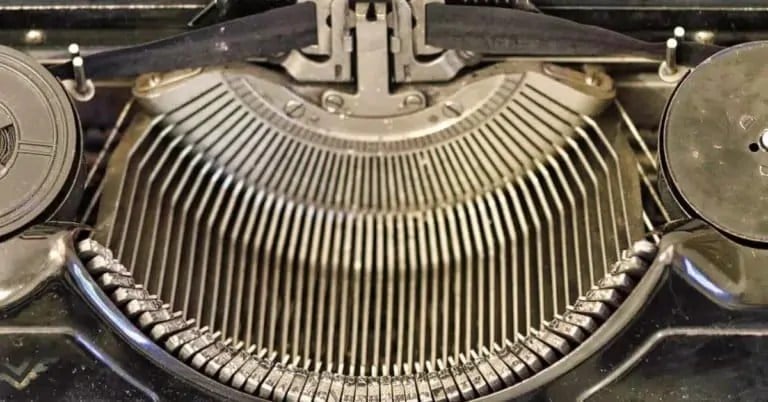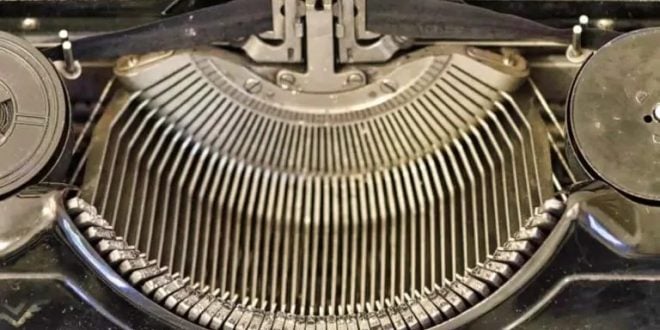Let’s journey back in time to explore the allure of typewriters, those enchanting mechanical muses of yesteryear. As a child, I vividly recall watching my mother, a dedicated journalist, transcribe her thoughts with skillful elegance on her typewriter. I sat perched on her lap, utterly mesmerized by the symphony of her fingers dancing over the keys.
The distinctive aroma of fresh paper and intoxicating whiff of ink combined to form a unique creative atmosphere, leaving an indelible imprint on my young mind.

Let’s delve deeper into the illustrious history and legendary status of these remarkable machines that once governed the world of communication.
The Evolution of Typewriters: A Trip Down Memory Lane
The roots of typewriters stretch back to the 18th century, although it wasn’t until the 19th century that practical models came into being. One must not forget the groundbreaking Sholes and Glidden typewriter, or Remington No. 1, which departed for public use in 1873. Its introduction was pivotal, as it solidified the “QWERTY” keyboard layout that survives in today’s modern devices.
This clever design was crafted to mitigate the common issue of jamming keys in mechanical machines, ensuring smoother typewriting operation.
A Permanent Impact on Society and Communication
Typewriters reshaped the way we produced documents, shifting the focus from handwritten notes to a faster, more uniform style. The invention of typewriters allowed words to flow more swiftly and evenly, thanks to the skillful hands of typists whose orchestrations forged a revolutionary realm of administration. This fundamental change brought about significant improvements in workplaces and productivity.
Typewritten documents offered unmatched consistency, providing crucial precision, particularly valuable for legal, formal, and bureaucratic paperwork. In the world of journalism, typewriters were paramount, expediting the collation of stories and news articles that transformed newspapers into the leading channels of information.
The widespread adoption of typewriters democratized professional writing, making it accessible to a broader audience as their cost gradually decreased.
Typewriters: A Legacy That Continues to Inspire
While the onset of digital advancements has led typewriters away from daily use, their stories are far from over. These vintage machines have risen to cherished prominence, a collector’s delight, owing to the historical tales they carry as well as their timeless designs.
Even today, the tactile sensation of striking typewriter keys can summon a nostalgic, creative impulse in those who venture into writing retreats or immersive workshops. This enduring practice connects seasoned and emerging writers, driving a resurgence of inspiration born from a unique physical connection between author and instrument.
Artists and designers often incorporate typewritten text into their works, cleverly blending historical essence with modern art. This cross-generational interplay reintroduces typewriters into contemporary landscapes.
Whether note-worthy in a literary setting, fashionably appearing in movies, or impelling creativity in the visual arts, the presence of the typewriter is a reminder of creative possibilities beyond diversity and time.
As generations come and go, the essence of the typewriter continues to whisper impactful tales to those who listen. It’s a testament to the fusion of art and innovation, forever bridging the world between past writing tools and current expressions of technology.
Despite the march of technological progress, typewriters remain ingrained in our cultural and literary heritage, offering wisdom and nostalgia for those eager to explore the multifaceted realms of art and communication.
This mechanical maestro, with its clicks and clacks, goes on to echo through time, memorably narrating the journey of language from its mechanized beginnings to modern advancements. Its legacy shines as a beacon illuminating the path for wordsmiths and artists, a beacon profoundly connecting us to the intricate tapestry of our literary past.
 Viral Hatch US/UK No.1 News Portal
Viral Hatch US/UK No.1 News Portal







